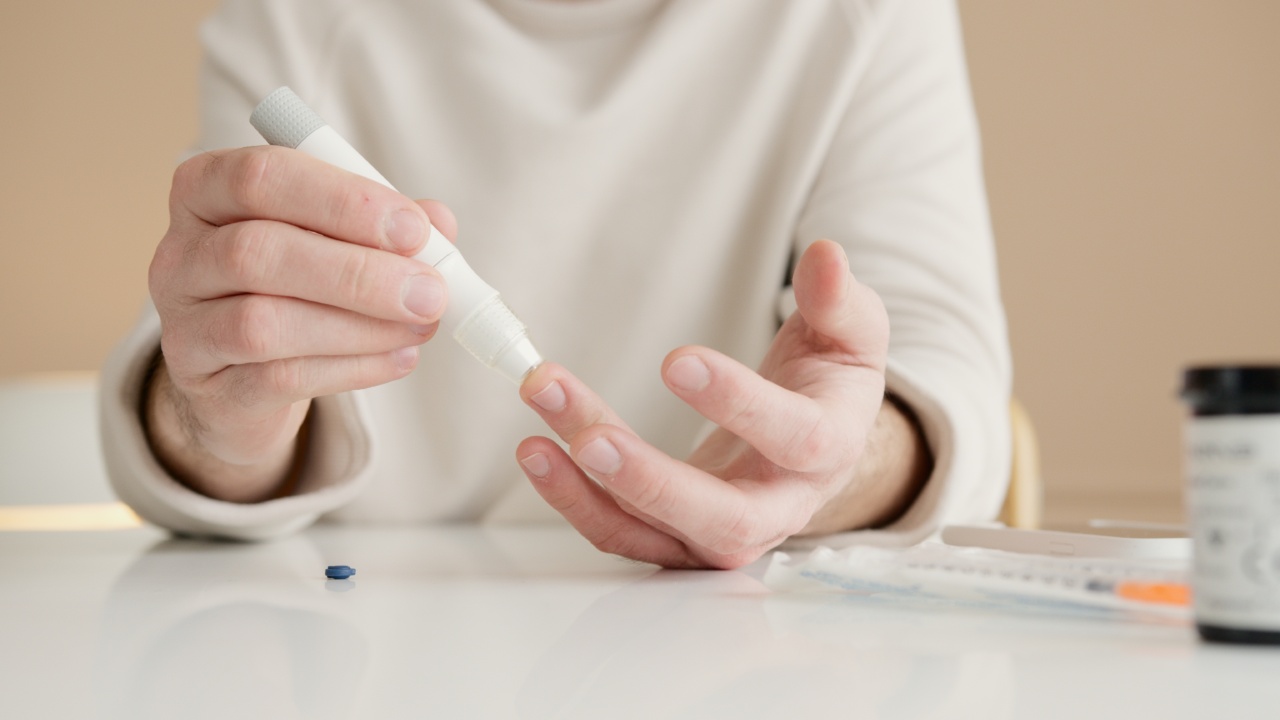Type 1 diabetes is a chronic condition that affects millions of individuals worldwide. In this condition, the immune system destroys beta cells in the pancreas that produce insulin.
Without insulin, sugar builds up in the bloodstream and leads to serious complications such as nerve damage, blindness, and kidney failure. Currently, treatment for type 1 diabetes involves lifelong insulin injections or use of insulin pump therapy. However, researchers are exploring a new approach to treat this disease – training cells to produce insulin.
What is Insulin?
Insulin is a hormone that regulates sugar (glucose) in the bloodstream. It helps the body to use glucose for energy or store it for later use. Beta cells in the pancreas are responsible for producing insulin.
When we eat food, the pancreas releases insulin into the bloodstream. Insulin then signals cells in the body to absorb glucose from the bloodstream and convert it into energy or store it for later use. In type 1 diabetes, the immune system attacks and destroys beta cells, leading to insulin deficiency.
The Current Treatment for Type 1 Diabetes
Currently, there is no cure for type 1 diabetes. The standard treatment involves lifelong insulin injections or use of an insulin pump. The goal of treatment is to keep blood sugar levels within a target range.
This involves frequent blood sugar testing, insulin dose adjustments, and monitoring of diet and physical activity. Although this treatment is effective, it can be burdensome and requires constant vigilance to avoid complications.
The New Approach to Treating Type 1 Diabetes
Researchers are exploring a new approach to treat type 1 diabetes – training cells to produce insulin. There are two different methods being studied:.
Method 1: Reprogramming Non-Beta Cells to Beta Cells
In this method, researchers attempt to convert non-beta cells in the pancreas into beta cells that can produce insulin. There are several different types of non-beta cells in the pancreas that can be reprogrammed into beta cells.
These include alpha cells, which produce the hormone glucagon, and delta cells, which produce the hormone somatostatin. Reprogramming these cells into beta cells involves introducing certain genes or proteins that regulate beta cell development and function.
One advantage of this method is that it uses the patient’s own cells, eliminating the risk of rejection. However, it is still experimental and requires further research to determine its safety and effectiveness in humans.
Method 2: Immune Tolerance Therapy
In this method, researchers attempt to re-educate the immune system to stop attacking beta cells and promote their survival. One approach is to use immunosuppressive drugs to dampen the immune response and prevent further destruction of beta cells.
Another approach is to use immune tolerance therapy, which involves introducing tiny pieces of beta cells to the immune system to promote tolerance and prevent attacks on beta cells. This method is still in its early stages of development and requires more research to determine its feasibility and safety.
The Future of Treating Type 1 Diabetes
Both of these methods show promise for the future treatment of type 1 diabetes. They offer the potential for a cure by restoring insulin production and function to the body without the need for lifelong insulin injections or pumps.
However, these methods are still in the experimental stage and require more research and development before they can become a safe and effective treatment for type 1 diabetes.
The Importance of Research for Type 1 Diabetes
Research is essential for the development of new treatments and a potential cure for type 1 diabetes. Funding for diabetes research is critical to support these efforts.
Organizations such as the Juvenile Diabetes Research Foundation (JDRF) and the American Diabetes Association (ADA) provide funding to support research on type 1 diabetes. In addition, clinical trials are being conducted to test new treatments for type 1 diabetes.
The Bottom Line
Training cells to produce insulin offers a potential cure for type 1 diabetes. Although this treatment is still experimental, it offers hope for millions of individuals living with this condition.
Further research and development are needed to determine its safety and effectiveness in humans. In the meantime, ongoing research and funding are essential to finding new treatments and ultimately a cure for type 1 diabetes.































